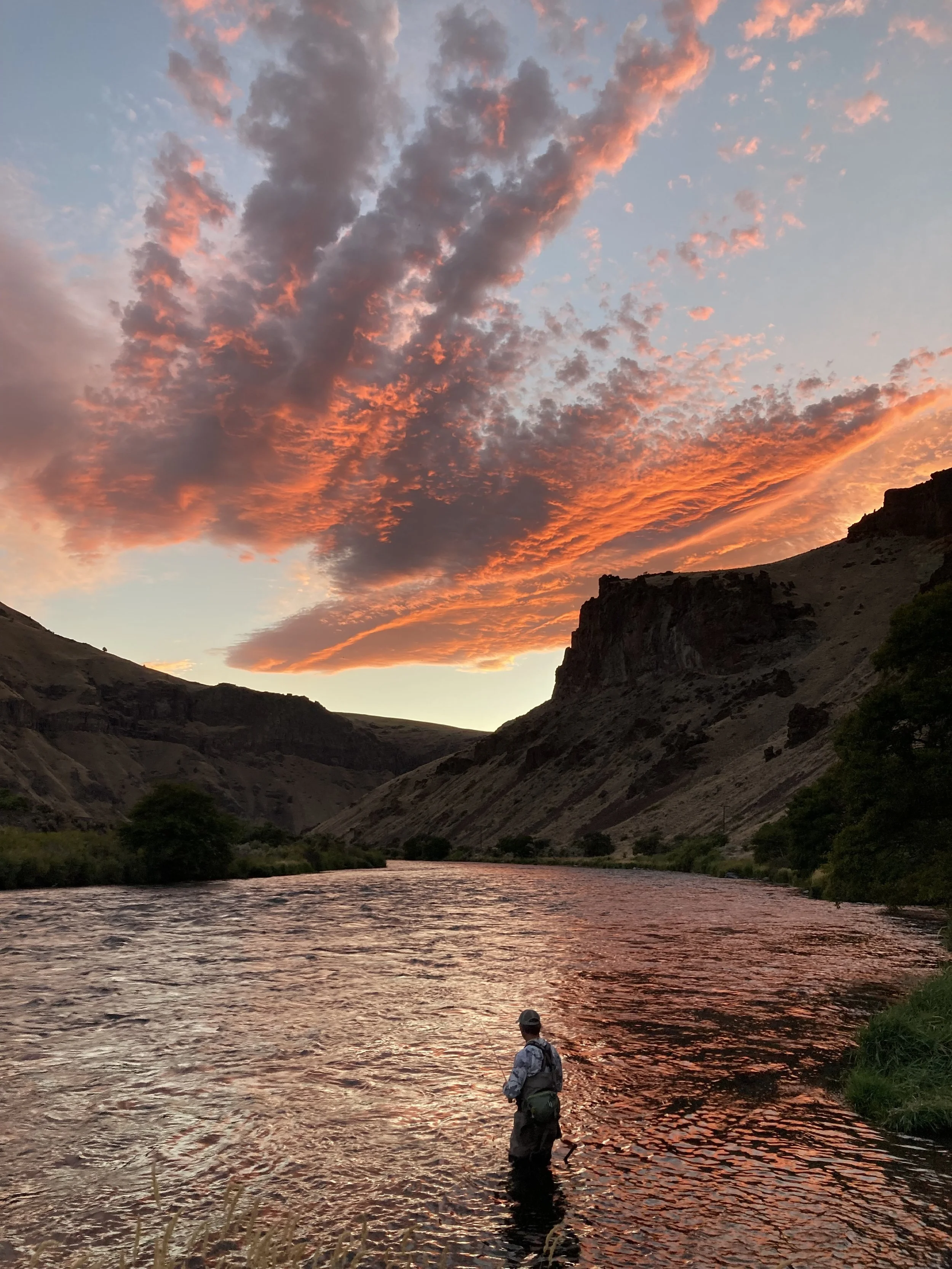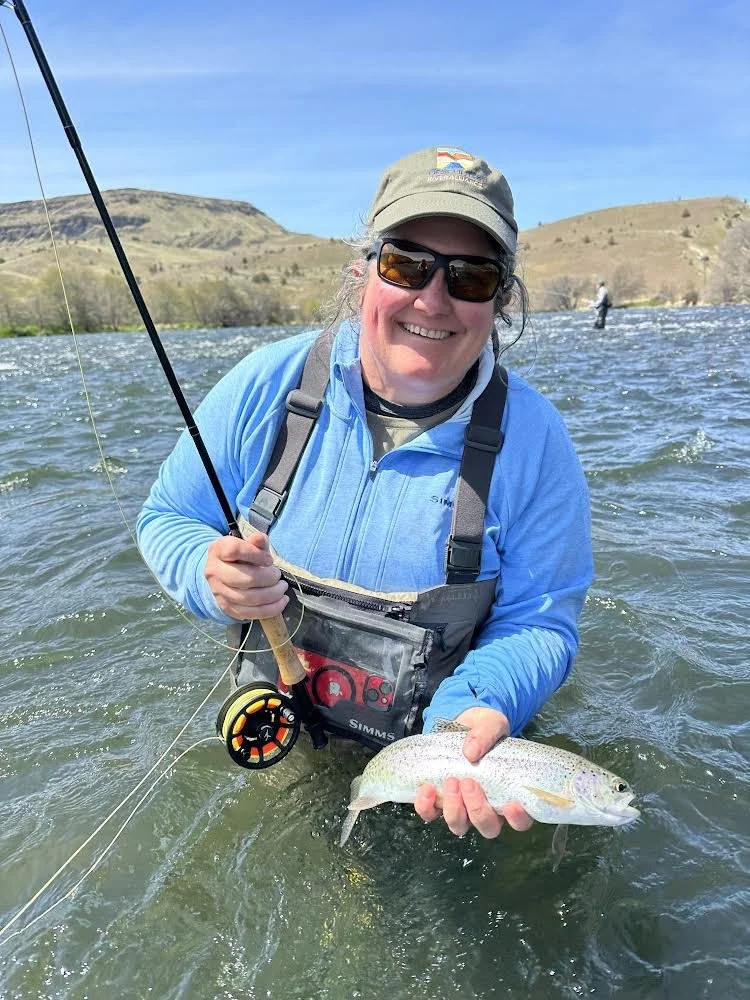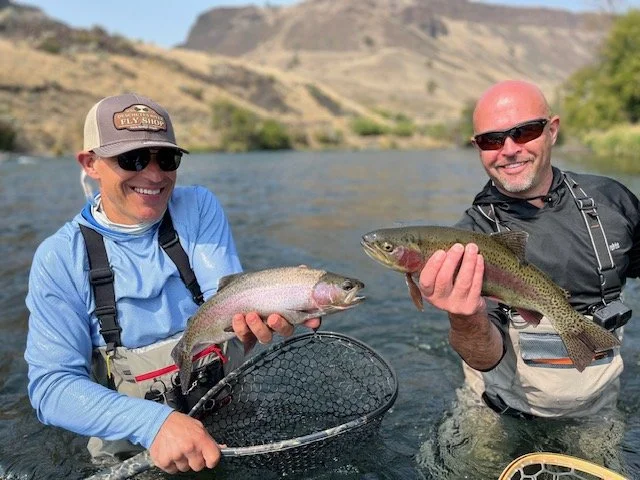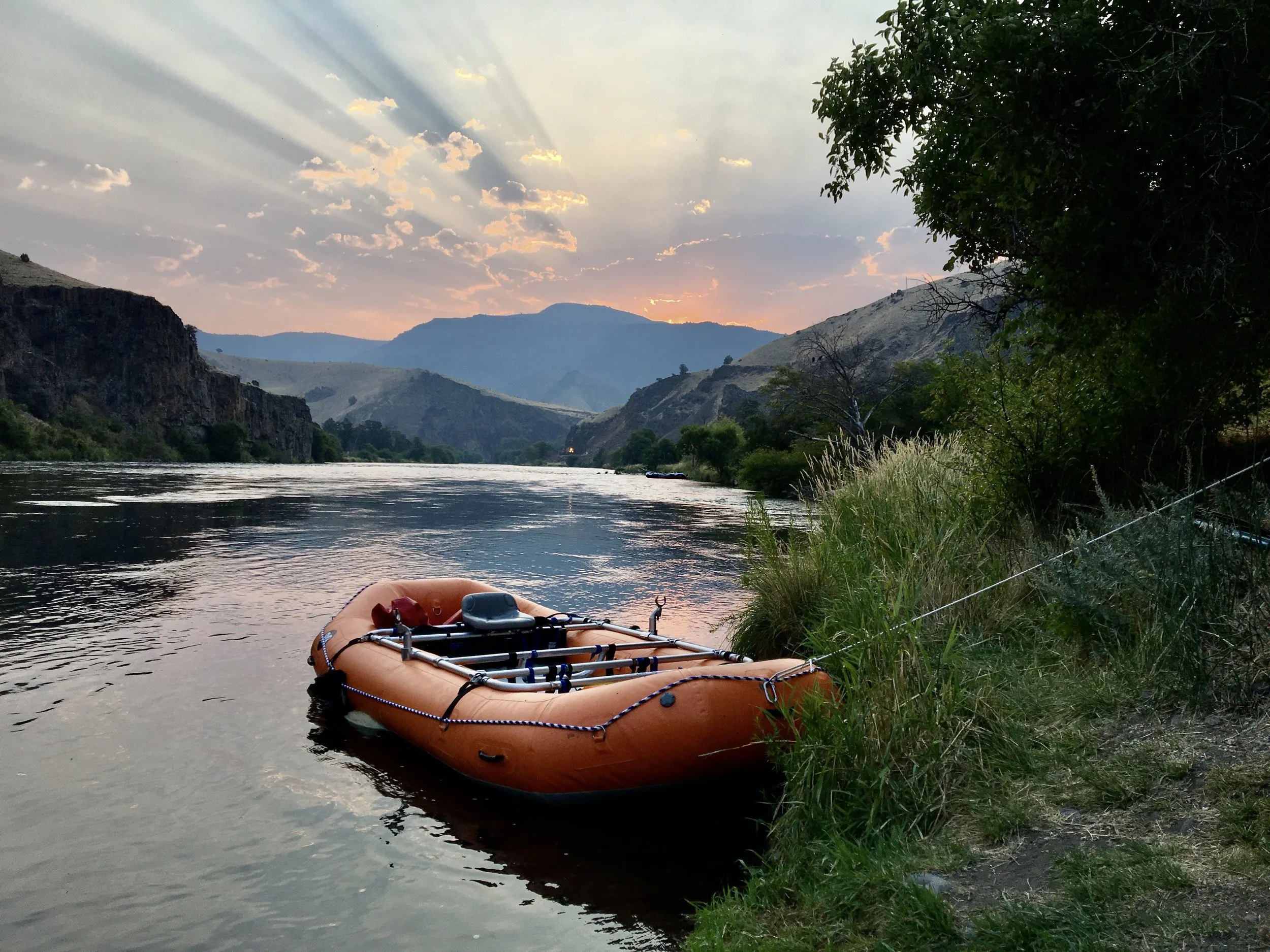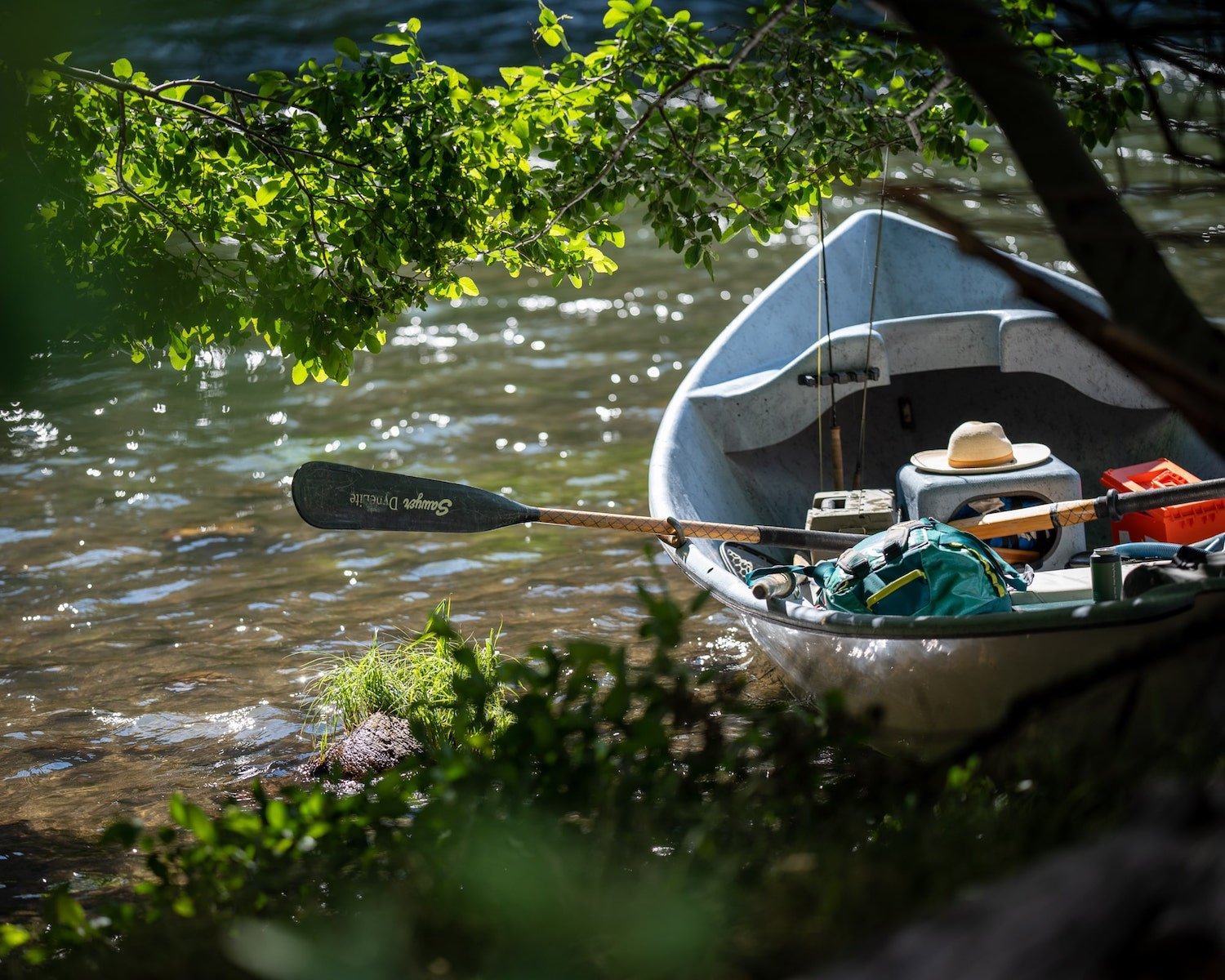Paltry Numbers Again for Fish Reintroduction
Anatomy of a failure: the Selective Water Withdrawal Tower with all its parts conveniently labeled.
The Tower Isn’t Working
Portland General Electric’s Selective Water Withdrawal Tower was designed to do two things: improve water quality in the lower Deschutes River, from the re-regulating dam to the confluence with the Columbia, and facilitate the reintroduction of salmon and steelhead above Round Butte Dam. After almost 15 years of Tower operations, we’re a long way from anywhere close to good on either goal.
As the DRA has painstakingly observed, recorded and reported over the past decade, water quality in the lower Deschutes has undergone a long, serious decline. Violations of the state standard for pH these days are as reliable as the sunrise. At our Maupin water quality monitoring station, until just this week, not a single day had registered a legal pH level since monitoring equipment was installed in-river back in April.
Where’s the Fish?
If fish reintroduction was a roaring success, the decline in water quality and the subsequent ecological damage it is causing might be granted some measure of clemency. But as the picture of 2024’s project origin fish returns becomes clearer, it’s in keeping with a trend that looks like failure.
Thus far in 2024, only 13 sockeye, and just 34 spring Chinook designated as “project origin” (returning fish attributable to the reintroduction effort) made it back.
These are not 2024’s final numbers, which conclude on December 31st. But by this date in years since the Tower was installed, 95% of returning sockeye and Chinook salmon have completed their journey up the Deschutes to the trap at Pelton Dam. (Steelhead returns are tracked on a calendar that runs from June 1st to May 31st of the following year; the DRA will report on that return in late spring of 2025.) Dismal as they are, the sockeye and spring Chinook numbers are well within the range of poor returns that have plagued the reintroduction effort from the start. From 2012 to 2023, the average across all years for spring Chinook: 36: for steelhead: 73: for sockeye: 46.
Key to abbreviations in the table: RM = Right Maxillary fin clip which is given to wild origin reintroduction returns and is given to juveniles when captured at the SWW tower.
LM = Left Maxillary fin clip which is given to hatchery sourced steelhead prior to their release. There are no LM marked sockeye as they have never been raised at the hatchery for release upstream from the dam.
* In 2016, 528 wild sockeye found their way up the lower Deschutes to the trap at Pelton Dam. These were wild, out-of-basin strays, an apparent anomaly since the single-year boon didn’t produce more fish in subsequent years.
The Fix: Colder, Cleaner Water
As the table above indicates, there isn’t a year-over-year trend that indicates continuing status quo operations will produce the desired result of self-sustaining, robust populations of steelhead and salmon above the project. (Steelhead have increased in numbers now three years going, but remain a very long way from becoming a self-sustaining, naturally reproducing population.) The Tower simply is not working. Worse, it’s not working at the expense of water quality in the lower Deschutes River.
The record of hatcheries, non-volitional (putting fish on trucks or barges) fish passage systems and salmon populations in the Pacific Northwest is spotty at best. This is the system featured at the Pelton Round Butte Project: juvenile fish are collected in the forebay of Lake Billy Chinook, and trucked downstream from there, and adults are trucked upstream from the trap at Pelton Dam and released above Round Butte Dam. If this standard approach worked flawlessly, the plight of salmon on every dammed river system in the region wouldn’t be in question. The lower Deschutes has been different since late 2009, and not in a good way. As has been the case elsewhere, the latest innovation in fish passage around, through or over a dam hasn’t lived up to its billing here. Only on the Deschutes, however, has that latest innovation, in addition to its failure to produce adequate salmon recovery, also catalyzed a sharp decline in water quality, leading to reduced diversity and abundance of aquatic and riparian life that depends on cool, clean water.
The silver lining on the lower Deschutes is that it’s not too late to fix the problem. PGE’s Tower can move colder, cleaner water from the depths of the reservoir behind Round Butte Dam. According to PGE, this can be done at no cost to the company, and no loss of power generation for its customers. It is a “flip of a switch” fix. So why isn’t that flip switched yet?
Ask Governor Kotek that question if you haven’t already.
More From The Blog
Subscribe the the DRA Newsletter
The Deschutes River Alliance is your focused voice to protect the lower Deschutes River, its cold water flows and the fish and wildlife that are sustained by them. We send regular emails with important data and news about the lower Deschutes River. We will not sell or loan your contact information to others.
How to Support the DRA
Everyone wants clean, healthy water in the Deschutes River. Oregonians cherish our clean and healthy waterways to provide drinking water, wildlife habitat and recreational activities. The lower Deschutes River is a federally designated Wild & Scenic River, and a national treasure. It must be protected for the environmental and economic health of Central Oregon. We believe by working together we can return the lower Deschutes River to full health.





